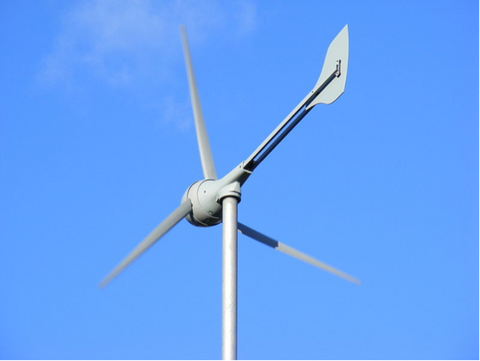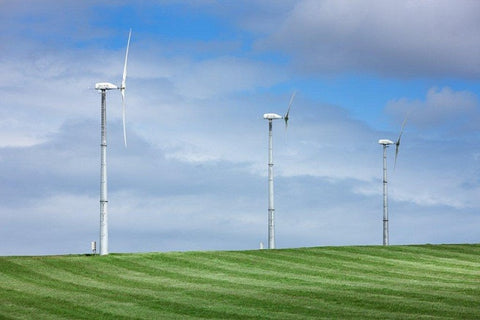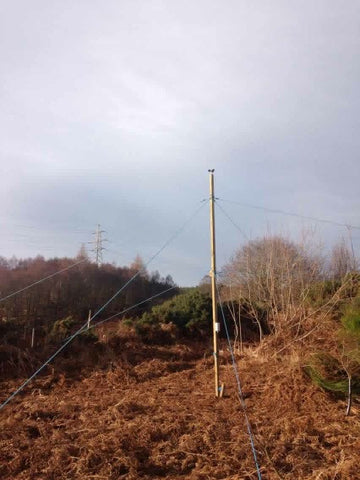Wind power is a gamble if the project site is not assessed properly prior to the installation of wind turbines; two identical units can have very different outputs depending on their locations. A very important factor that defines if the project makes sense from the financial standpoint is capacity factor – the percentage of maximum possible output the project will yield.
Several Latin American nations are rising in the Renewable Energy Country Attractiveness Index (RECAI), which is published on a yearly basis by Ernst & Young. The region is becoming a solid market for renewable energy investments of all scales, and this includes small wind and solar power systems for self-consumption.

Two Reasons Why Small-Scale Wind Power is a Great Investment
Small-scale wind power systems can achieve very competitive upfront costs because they require less specialized components compared with larger wind turbines. Also, the UK and other countries with a Feed-in Tariff tend to offer the best incentives for smaller installations.
Feasibility studies for small-scale wind power installations tend to be expensive, when viewed as a percentage of total project cost. However, the WindLogger kit from Logic Energy allows site assessments to be carried out for just a fraction of their normal cost. A feasibility study can make the difference between a highly lucrative project and a wasted investment!
Read MoreMaking Small-Scale Wind Power More Competitive with WindLogger
Wind power is an exact science, and carrying out a detailed feasibility analysis can make the difference between a project that is lucrative and one that fails to produce the required energy output. WindLogger offers an affordable wind measurement solution for small and medium-scale projects.

Introduction to Wind speed monitoring for wind turbines
This the 1st of a series of articles that I hope to publish in the next coming months for anyone trying to find out a bit more about wind turbines and what makes them turn.

Your Quick Guide to Wind Assessment
Quick guide for wind site assessment and wind turbine performance










